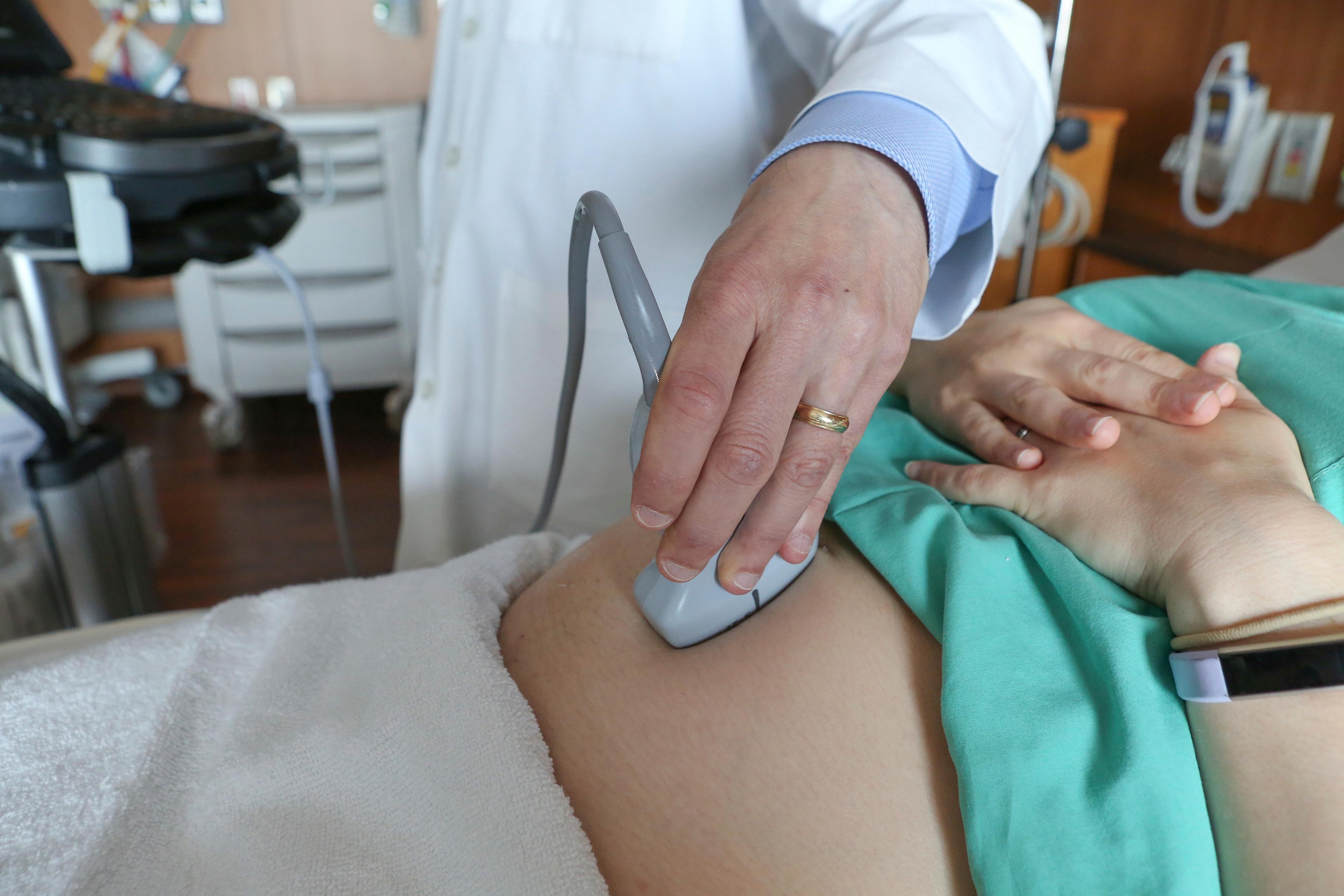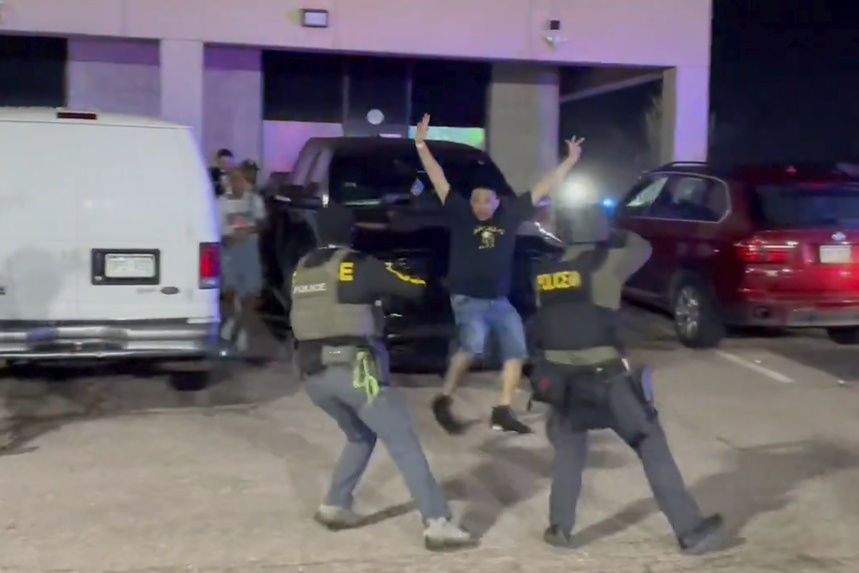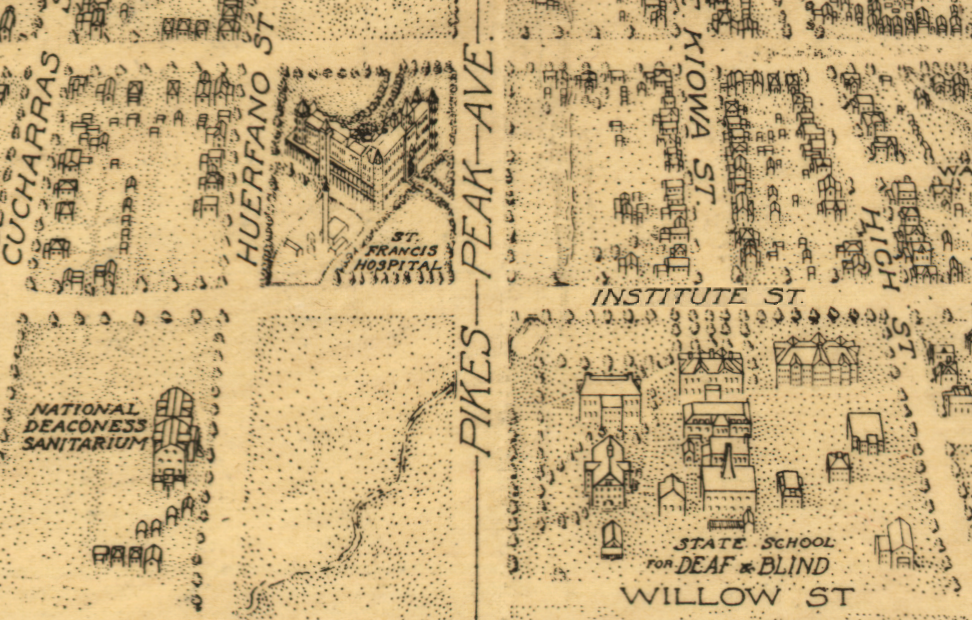
The following is part of KRCC's 'Peak Past' essay series.
Winston Churchill once said, “We shape our buildings and afterwards, our buildings shape us.”
I keep coming back to that quote recently as I watched the Rocky Mountain PBS show, “Lost & Preserved in Colorado Springs,” directed and written by Kate Perdoni.
We look to the mountains and forget our buildings. We take them for granted, like gravity or air, but they're still important.
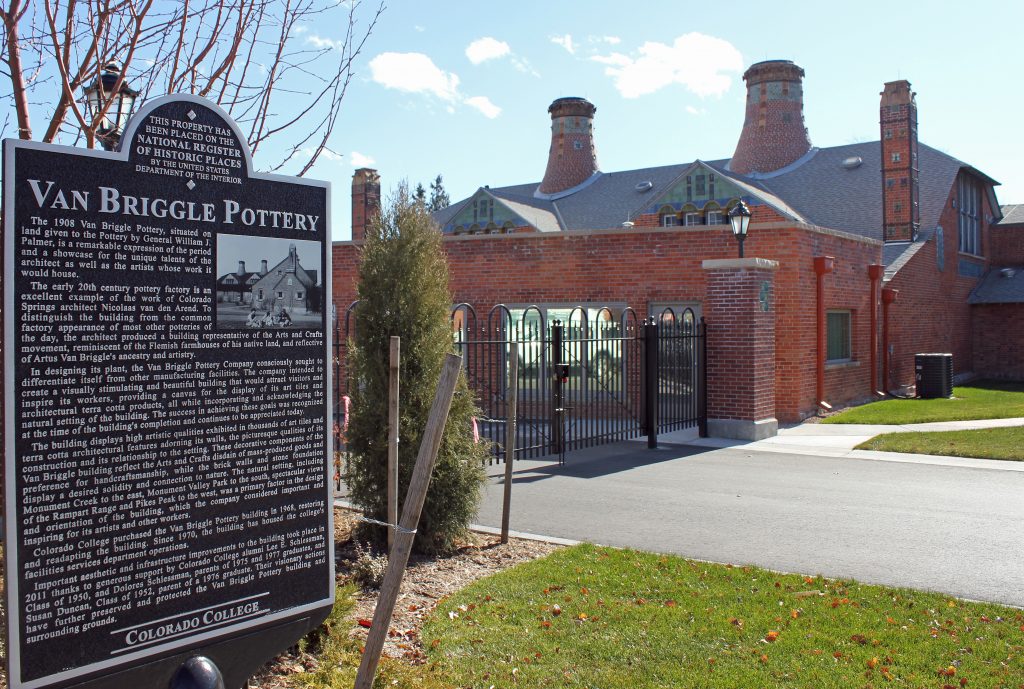
Right from our beginnings, still seen in the Native American place names on our street signs or our city’s original reputation as a tourist town.
To the 1890s, when Cripple Creek gold and money flowed into building some of our most impressive structures — The Mining Exchange, built in 1902; Colorado Springs City Hall, built in 1904; The Van Briggle Pottery Building, built in 1907. And my kids’ favorite, the El Paso County Courthouse, built in 1903, today known as the Colorado Springs Pioneers Museum.
For a time, our fair-weather city was a health resort for Tuberculosis patients, until the Second World War brought other treatments.
The post-war period also brought on a military construction boom. Fort Carson, the Air Force Academy, Cheyenne Mountain and NORAD, Peterson and Schriever Air Force Bases.
What was once a small town, Colorado Springs has grown to roughly one-fifth the size of Rhode Island.
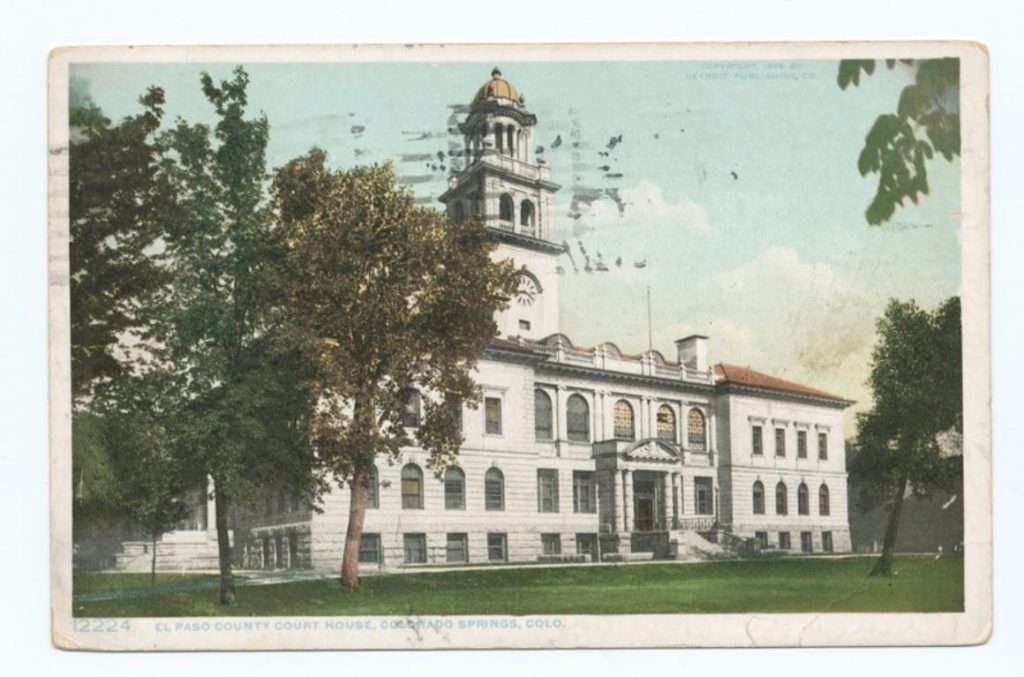
Sometimes construction follows demolition. Landmarks like the Cotton Club and the Burns Opera House were lost forever.
But some greats survived, like the Pioneers Museum. I take my kids there to board the hundred-year-old birdcage elevator, where you can step into the past for a moment. And when you step back out, you feel like you’ve gone a lot farther than just one floor.
Until our next mountainside chat — be good, be well, and no matter what, climb on.
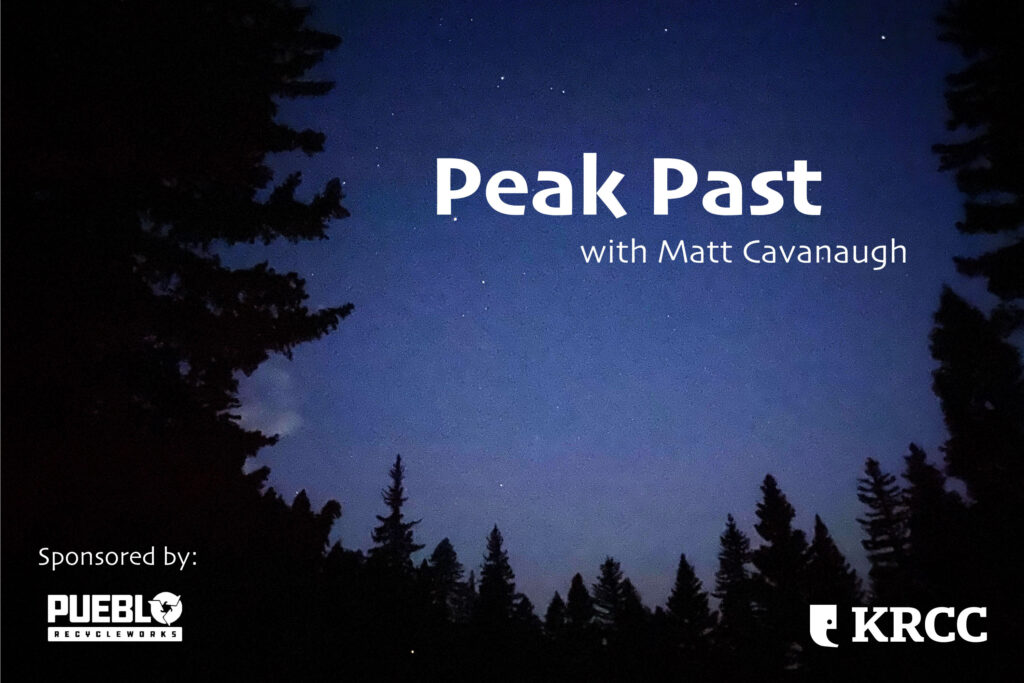
Peak Past (formerly Peak Perspectives) is a weekly segment written and voiced by Matt Cavanaugh, a lieutenant colonel in the U.S. Army and a resident of Manitou Springs where he lives with his wife and two young children. Through his writing, Cavanuagh explores life in the Pikes Peak region, including the gradients and subtleties of our lives in the shadow of America's Mountain.
You can find more work by Cavanaugh here.
KRCC's Abigail Beckman manages the "Peak Past" series. The opinions expressed in this publication are those of the authors. They do not purport to reflect the opinions or views of KRCC or Colorado Public Radio.
Peak Past is sponsored by Pueblo Recycle Works.



